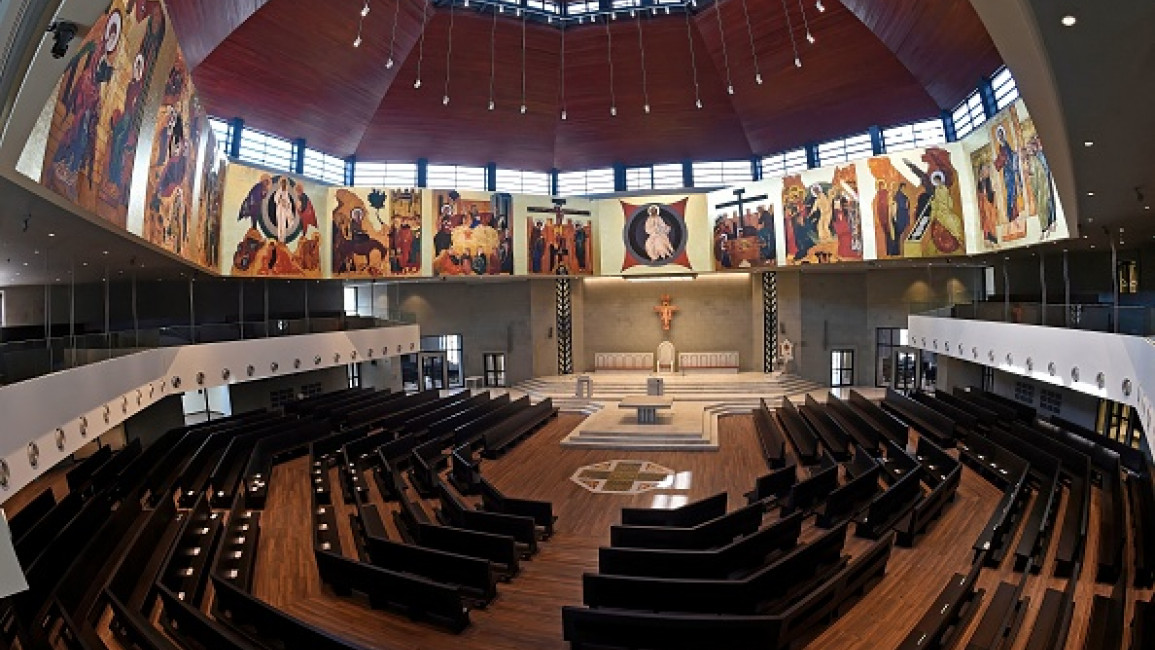Bahrain's king to inaugurate largest cathedral in Gulf
Bahrain is set to inaugurate the Gulf region's largest Catholic cathedral on Friday in the town of Awali.
King Hamad Bin Isa Al-Khalifa will open the Cathedral of Our Lady of Arabia in front of a small congregation on Saturday.
The cathedral's inauguration will come a day before it will be consecrated in front of a small congregation.
It will have capacity for up to 2,300 people and will become a reference point for the Apostolic Vicariate of Northern Arabia, which includes Bahrain, Kuwait, Saudi Arabia and Qatar.
"The Apostolic Vicar in Arabia, Camillo Ballin, thought of it as a reference point for the entire Persian Gulf. We have to keep in mind that the Catholic presence is important, with some 200,000 people, Filipinos and Indians, with a strong religious identity," said architect Mattia Del Prete, according to Rome Reports.
Del Prete was selected by Bishop Camillo Ballin, Apostolic Vicar of Northern Arabia, as the final design for the Cathedral in Bahrain.
The Cathedral of Our Lady of Arabia will be the second cathedral in the vicariate after Kuwait's Holy Family in the Desert Cathedral and will be headed by Cardinal Luis Tagle, Apostolic Vicar of Southern Arabia.
The construction of the church began in February 2013 when King Hamad donated 9,000 square metres of land to the local Catholic community.
Prior to the opening of the cathedral, Bahrain had 19 registered churches, with around half of them being situated in the capital city Manama.
Christians make up 14.5 percent of Bahrain's population, including around 80,000 Catholics. Most of them are migrant workers from India and the Philippines, but there is a small native Christian community that has a recorded presence dating back to the 12th century.



